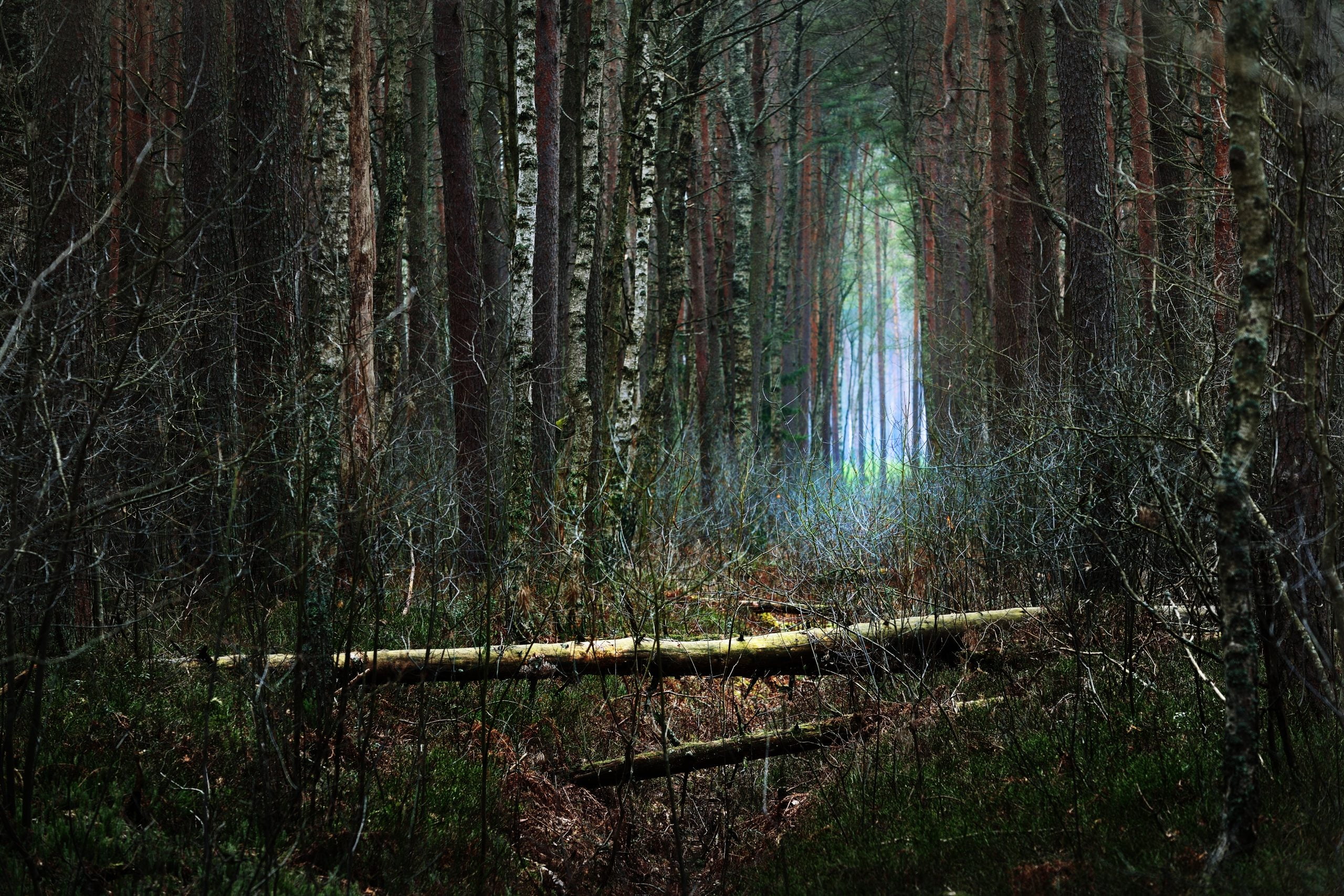Wilderness survival is a critical skill that can save your life when you find yourself lost or stranded in the wild. Whether you are hiking through dense forests, navigating harsh deserts, climbing steep mountains, or exploring uncharted jungles, knowing how to stay alive is essential. In this blog post, we will cover some tips and tricks for wilderness survival in different environments.
Forests and Jungles: Tips for Surviving in the Woods
One of the most common places where people get lost is in the woods. If you ever find yourself lost in a forest or jungle, there are several things you need to do to increase your chances of survival. Firstly, try to remain calm and composed. Panic will only make matters worse. Next, look around for any natural resources that could help you survive. This includes water sources, edible plants, and shelter-building materials. You should also build a fire as soon as possible to keep warm and signal for rescue. Remember not to eat anything unless you’re sure it’s safe and don’t forget to drink plenty of water.
Deserts: Staying Alive in Harsh Conditions
Surviving in the desert requires a completely different set of skills compared to forests or jungles. The first thing you need to do is find water. Dehydration is one of the biggest dangers in the desert, so finding a source of water is crucial. Look for oases or underground springs if possible. Once you have found water, you need to conserve it by limiting your activity and avoiding sweat loss. Shade is another important factor in desert survival. Try to find a cave or other form of shade during the daytime heat. At night, wrap yourself up with blankets or sleeping bags to retain body heat.

Mountains: Navigating Difficult Terrain
If you find yourself lost in the mountains, the first thing you need to do is assess your situation. Are you injured? Do you have enough food and water? Once you have answered these questions, start looking for ways down from the mountain. Trying to climb higher may lead to more dangerous situations. Use landmarks like rivers or roads to navigate towards safety. Be cautious of rockslides and falling debris, especially near cliffs or steep slopes.
Conclusion: Final Thoughts on Wilderness Survival
No matter what environment you find yourself in, wilderness survival comes down to preparation and knowledge. Always carry a survival kit with essentials such as water purification tablets, matches, and a knife. Research the area before embarking on a trip and learn basic survival techniques such as building fires, identifying edible plants, and creating shelter. Finally, always let someone know where you’ll be going and when you plan to return. This way, search and rescue teams can locate you quickly if necessary.